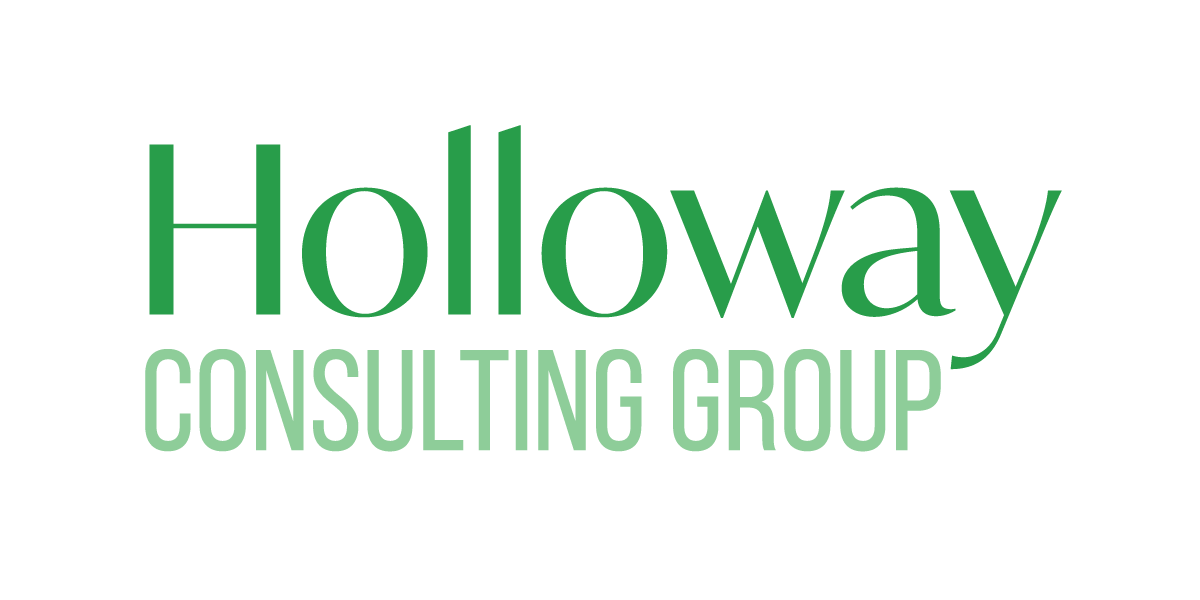Fierce competition and an increasingly complex business environment have made organizations fight for attention like never before. B2B buyers have more information available and more options to choose from than they ever had, and it’s transformed the way your business attracts attention. Now, many providers face a dilemma — do more for less to get the deal, or be firmer with boundaries and risk a potential client.
Another common reason for overservicing is a change of direction in the project. When things are on a roll and the objective changes unexpectedly, many providers keep doing the work without clarifying a new scope or agreement. Scope creep is the third common culprit — the client asks for one more thing, and the next thing you know, the project snowballs.
It may seem like doing more for a client is a small price to pay in exchange for happy clients who drive recurring business and new referrals. But overservicing hurts you in the long run. Here is why.
What Is the Harm of Delivering More Value?
We live in a customer-centric world, and as providers, we typically learn that the customer is always right. A common mantra for service providers is to under-promise and over-deliver. But here is where things get murky. It’s one thing to deliver a stellar service — and another thing entirely to overservice a client.
Overservicing is the act of doing work outside the agreed-upon scope of a project. It may look like a shorter timeline than initially planned, additional rounds of revisions, or extra deliverables.
On the surface, overservicing may not sound so bad. You’re simply going the extra mile for a client. But there are many negative side effects of overservicing for your business.
Strains Your Resources
To start, you risk overloading employees and yourself. Overservicing requires an increased demand since the work is more than you originally planned for. This additional strain can prevent you from delivering high-quality services to other clients.
Cuts Into Your Profit
Overservicing means using resources outside of your original budget for a project. This difference has to come from somewhere — and it’s usually your profit.
Affects Client Relationships
Perhaps this point is counterintuitive. You’d think clients will be elated to have you go above and beyond. However, once you realize the internal cost you’re absorbing and have to cut back, they will feel tricked, like you’re not delivering on your promises.
Leads to Burnout
The main difference between overservicing and scaling your business is that you don’t plan to overservice. You’re doing more with the same resources and team, which translates into overtime, increased demands, and rising frustration.
Overservicing vs. Overselling
These two terms sound similar, and some people may use them interchangeably. But the way I see it, overselling is almost the opposite of overservicing. Overselling is the act of offering more than you can deliver, whether it is skills you don’t have or a product you can’t produce.
Overselling is not always malicious. Providers sometimes bite more than they can chew. It takes a lot of integrity to steer things in the right direction and come up with a solution for the client.
Conversely, overservicing is a lack of boundaries when providing the service.
How To Prevent Overservicing
Measure Capacity
In project management, capacity refers to what your team can realistically complete over a period of time. This metric allows you to plan your team’s workload effectively so they can deliver their best output for happier clients.
Create a Service Menu
It’s tempting to create custom services for each client. Tailor-made solutions are attractive and can come at a high price point, and this approach works for many providers.
However, having a standard offer makes it easier for your and your team to stay within scope and drive the project forward.
Align on a Scope
Scope creep and overservicing are usually driven by a lack of boundaries and communication between teams and stakeholders. At the beginning of every project, take the time to understand your client’s objectives and budget. Then, agree on how you will address those needs within the given budget. Negotiation is essential at this stage.
Agree on Deliverables
Once everyone is on the same page about the objectives and capabilities, it’s time to agree on the tangible outcomes of the project. How many rounds of revisions are included? What work will be done — and what is outside of the scope?
For example, a software developer may agree to create a menu plan for a restaurant. But ongoing maintenance and staff training are additional services not included in the development agreement.
Document the Process
Documentation is perhaps the most essential element of project management. Documents help you reach a consensus, revisit previous conversations, and steer clients back to their original scope when things start going off the rails.
Some of the documents you’ll need throughout your project’s life are a proposal, project charter, RACI charts, project plans, and meeting agendas. Above all else, you want stakeholders to have access to and approve the documents to ensure alignment.
Overpromising — Underdelivering?
Unclear expectations are the leading cause of overservicing. As a project manager, it’s up to you to align your services to your client’s objectives and resources to complete a successful project and consistently delight them.
Do you want to discover a better way to initiate a project that ensures a fruitful initiative?
Enroll now on Lean for Project Managers, an on-demand program that teaches you everything you need to know to consistently deliver high-quality projects for a more efficient team and happier clients.




